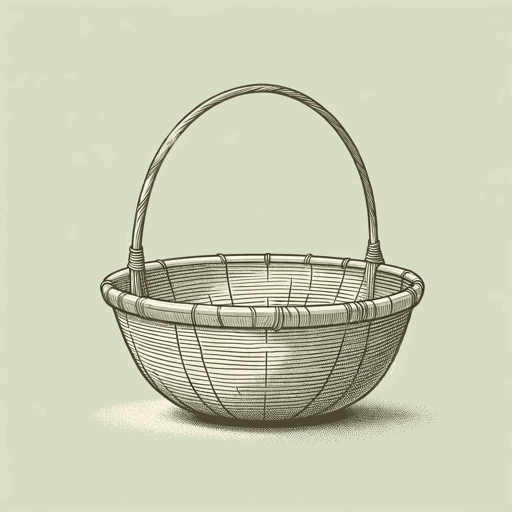57 pages • 1 hour read
Diane WilsonThe Seed Keeper
Fiction | Novel | Adult | Published in 2021A modern alternative to SparkNotes and CliffsNotes, SuperSummary offers high-quality Study Guides with detailed chapter summaries and analysis of major themes, characters, and more.
Background
Historical Context: The US-Dakota War of 1862
The Dakhóta are an Indigenous nation consisting of four bands that historically spanned from western Wisconsin through Minnesota and into the Dakotas. In the first half of the 1800s, the US government made treaties with the Dakhóta, promising to pay annuities in exchange for land, much of which was along rivers and lakes. From vast territories, the Dakhóta were limited to two small tracts of land on either side of the Minnesota River.
Over the decades, the government violated the terms of the treaties, and payments were either late or not made at all. The increasing number of American settlers overhunted and destroyed natural habitats, resulting in drastically reduced amounts of game animals. This, combined with a severe drought, led to starvation among the Dakhóta. A small group of warriors convinced Chief Little Crow (Taoyateduta) to fight with them and attempt to take back their land in 1862. Thus began the US-Dakota War, also called the Dakota Uprising. It lasted six weeks and resulted in the deaths of 600 settlers and soldiers, as well as nearly 100 Dakhóta warriors, though that number may well be higher. Not all Dakhóta supported the warfare, leading to divisions within the tribal nations.

